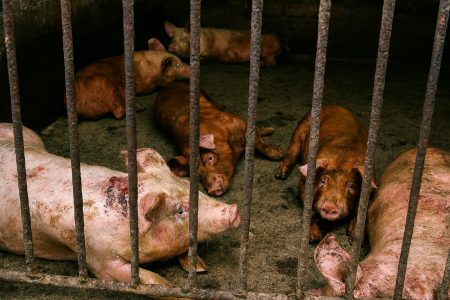Better compliance with animal disease notification is urgently needed in Asia Pacific. Timely reporting helps prevent disease spread and protects animal health systems.
Despite clear obligations under World Organization for Animal Health (WOAH) codes, many member states struggle to meet notification requirements. Gaps in diagnosis, decision-making, and surveillance hinder transparency and response.
To address these challenges, WOAH conducted a regional study aimed at identifying key barriers to notification and develop practical strategies to overcome them.
The study used two approaches: an online survey and focus group workshops. These explored behavioral and organizational factors that influence notification outcomes.
Behavioral insights and key predictors
Researchers applied two psychological frameworks: the Theory of Planned Behavior and the Integrative Model of Organizational Trust. These helped explain how intentions are shaped.
The survey reached 136 delegates and focal points. Eighty-two valid responses were analyzed across 19 behavioral and organizational measures.
Three factors strongly influenced notification intention:
- ✅ Organizational capability
- ✅ Organizational knowledge
- ✅ Perceived behavioral control
These factors are modifiable, and improving them can enhance notification outcomes.
Trust in trading partners did not affect notification intention. This may reflect varied perceptions of trade risk among respondents. The importance of animal production and health also showed no link to notification behavior.
Attitudes toward notification were highly positive across the study population. Respondents also reported strong social norms and consistently high perceived benefits of timely reporting.
Barriers and recommendations
- ✅ The study identified three main barriers:
- ✅ Diagnosis and laboratory confirmation
- ✅ Decision-making and administrative processes
- ✅ Surveillance and reporting system limitations
Focus groups helped define practical actions to address these barriers. Thirteen actions were group into seven recommendations:
- ✅ Support diagnostic capability of national laboratories
- ✅ Enhance surveillance systems and capacity
- ✅ Review WOAH PVS Pathway for notification emphasis
- ✅ Provide tailored training for delegates and focal points
- ✅ Create fit-for-purpose guidance and resources
- ✅ Recognize strong notification performance
- ✅ Establish a system to monitor notification compliance
Next steps toward a shared culture
The study offers new insights into what drives notification. A strength-based approach is recommended to build a shared culture of timely reporting.
Implementation of these recommendations will require agreement and collaboration among WOAH and its member states in the region.

